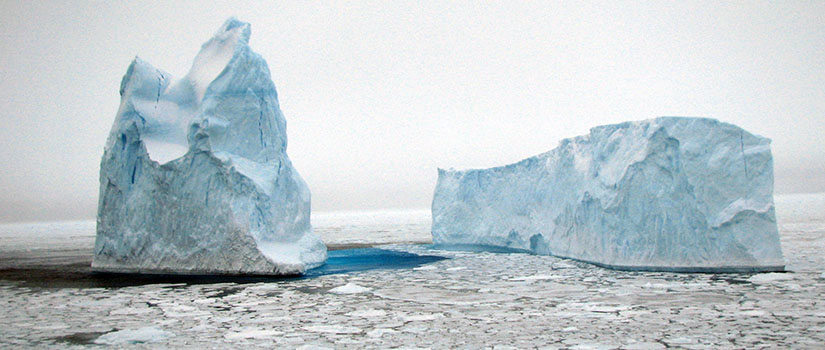
Susan Richardson
"My group is investigating the formation of disinfection by-products (DBPs) in drinking water and swimming pools to solve important human health issues. We use GC/MS and LC/ MS in our research, and work closely with toxicologists and epidemiologists to determine which DBPs may be responsible, with the ultimate goal of eliminating them in drinking water and swimming pools."


